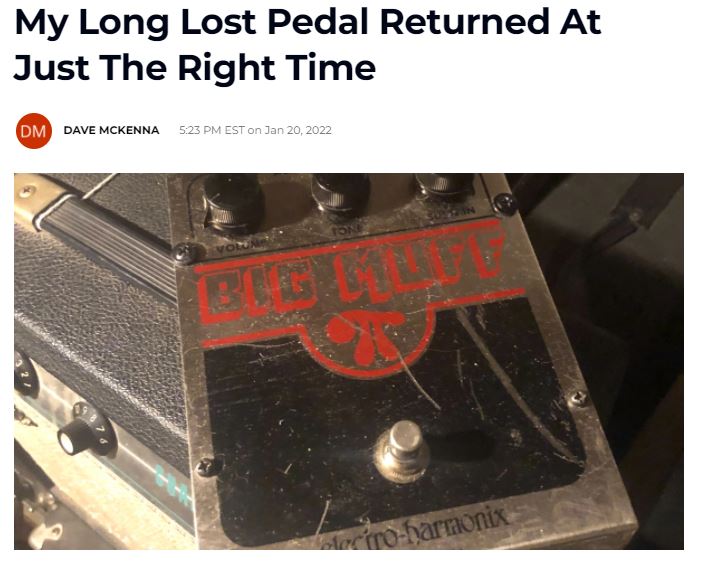I’ve followed this story with some delight. Apparently Michael Lewis, who wrote The Big Short, has been trailing FTX guy Sam Bankman-Fried around, so we’ll certainly get a kick-ass film out of it someday. Among many, many remarkable facets to the tale is that the crypto market has supposedly lost $2 trillion of valuation this year… and Wall Street has barely flinched.
When Sequoia Capital – allegedly the most intelligent venture capital firm – invested $210 million in FTX last year, it asked to see financial reports and instead was told “we’ll send you a few bullet points.” It’s traditional when investing that much into a firm to have someone on the board, but Bankman-Fried wouldn’t let anyone on the board of directors, which was him, an attorney, and an FTX employee.
For a company “worth” $32 billion at one point.
Zero oversight! What could go wrong?
I’ve followed developing news with Patrick Redford of Defector, who is typically hilarious. But there are several excellent reporters and twitter feeds. Ed Zitron on Twitter is great.
Here, a professor of finance at King’s College splains it to us. He keeps showing photos of Phil Spector for Sam Bankman-Fried, so gotta respect his game:
It’s an exciting time to be in the crypto world.




